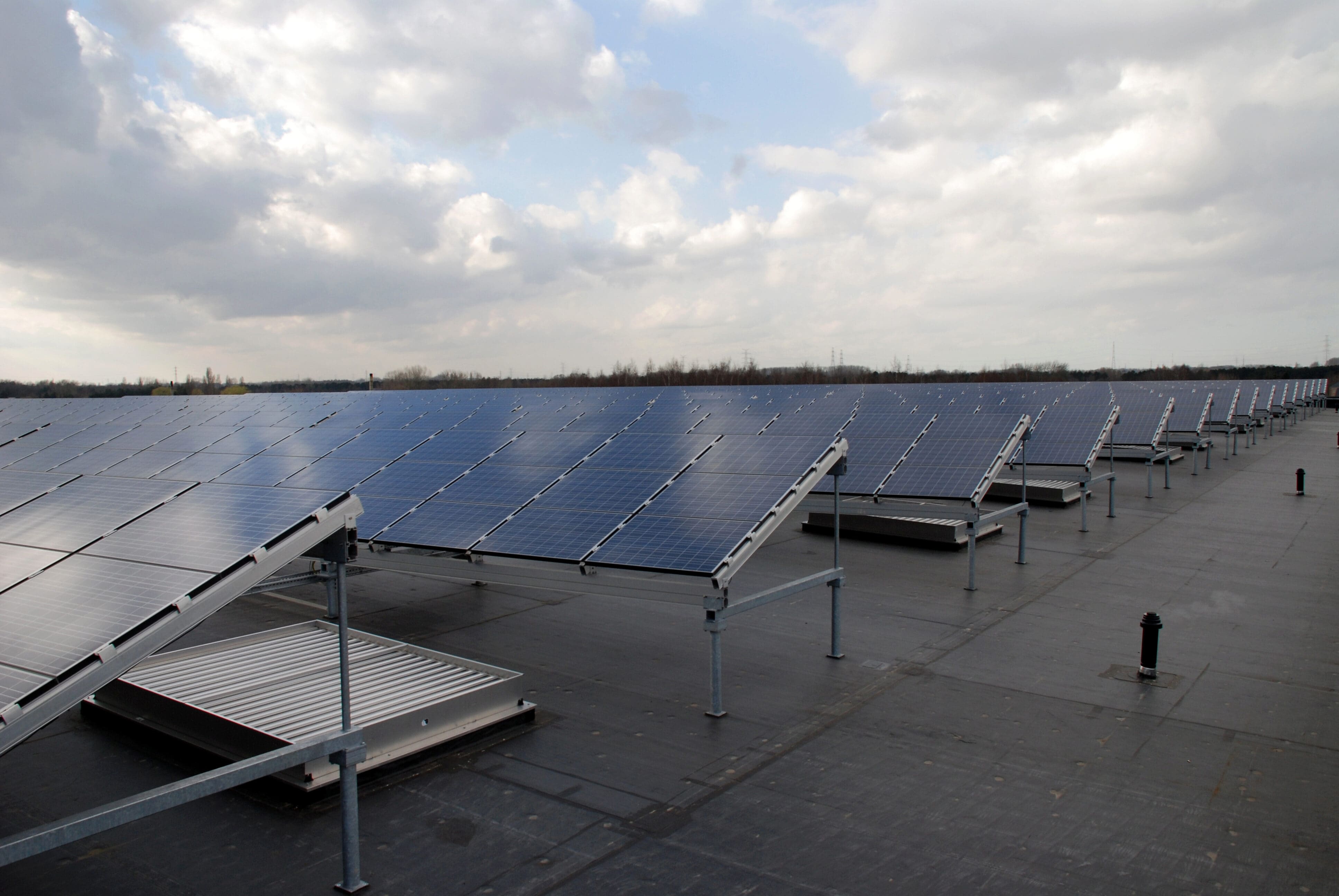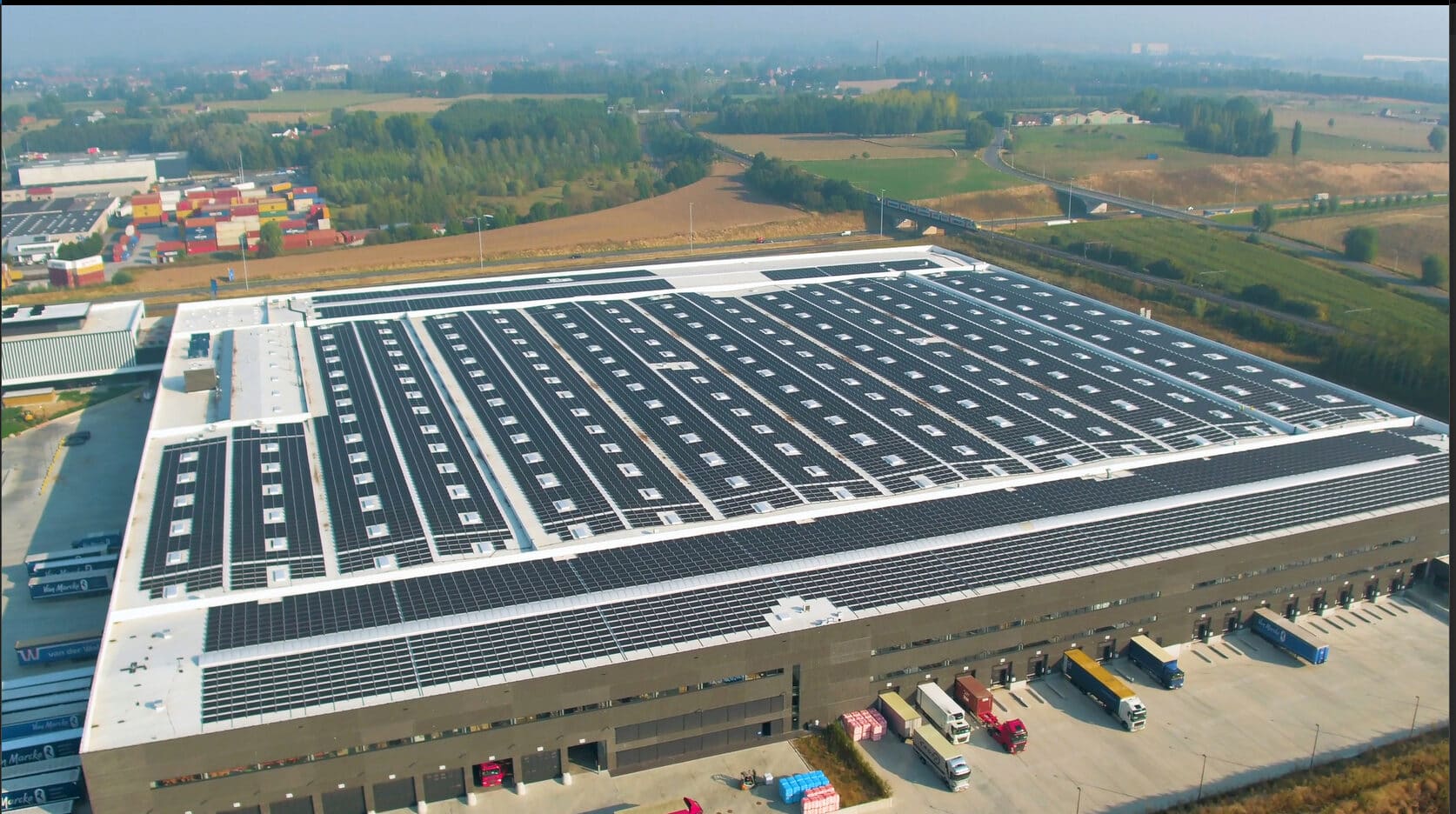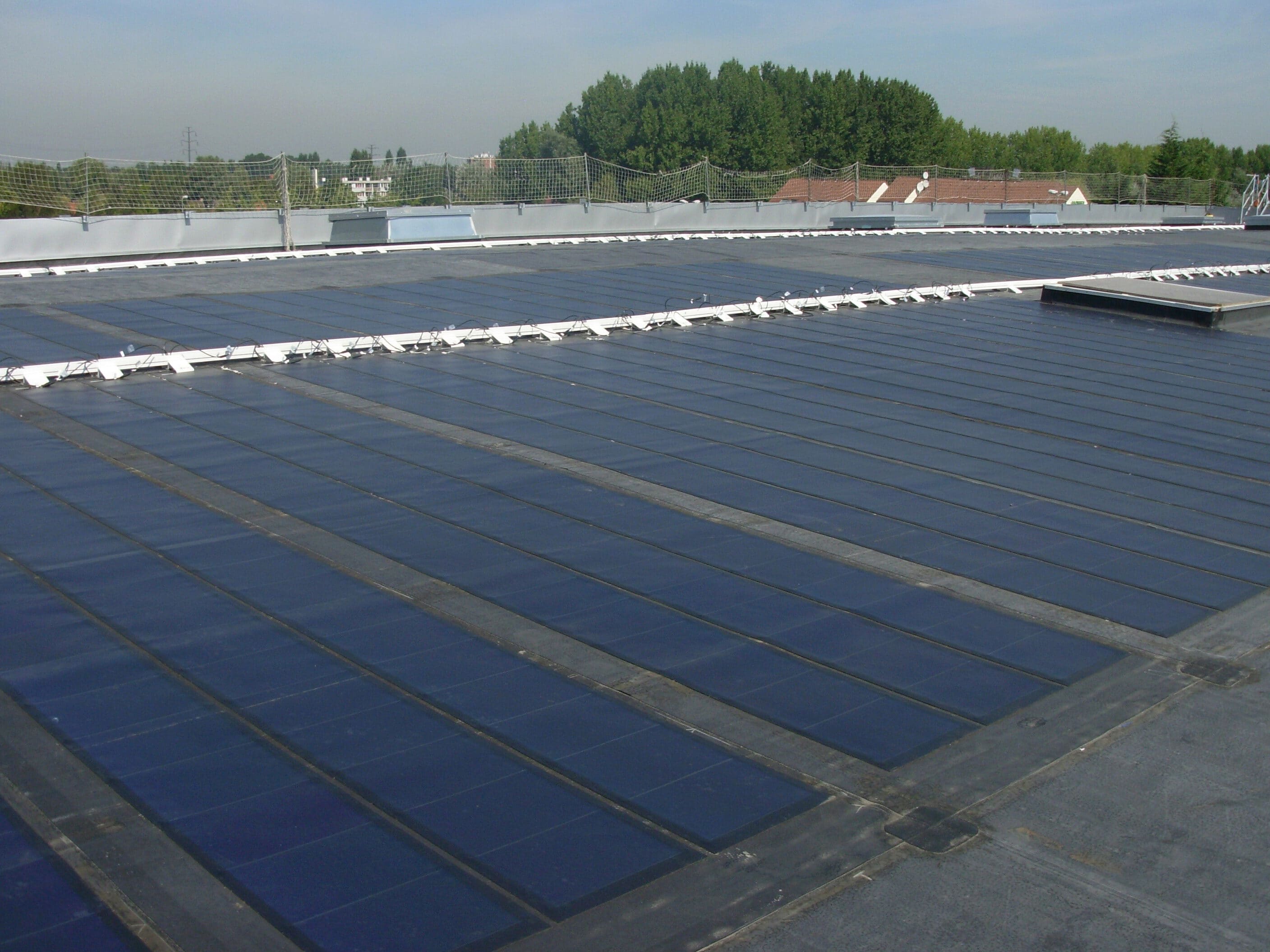Solar energy production on flat roofs
Solar or photovoltaic (PV) installations have been gaining popularity in the last couple of decades as a renewable energy source to power commercial and industrial buildings, but also offices and homes.
When considering installing a PV system, building owners must first consider the roofing system. A rooftop PV investment is typically based on a 20-year financial projection, so in order to maximize returns, the roofing system must be able to support the PV installation for at least that period of time.
Choosing the right roofing system
To start with, roofing systems with PV installations must be able to withstand the increased foot traffic that takes place during installation and maintenance, in addition to the weight of the mounting racks and solar panels themselves. Access to the roofing membrane is restricted and PV installations cannot simply be moved out of the way if a repair is needed.
In short, if one layer fails, the whole system will fail. Therefore, the total roofing system must be considered during the design phase. The choice of components is critical to avoid damage to the roofing membrane and the insulation layer, and to ensure a high-performance, cost-effective and durable solution.
Discover the solution that best fits the needs of your solar roof project
Elevate’s EPDM and TPO roofing membranes for flat and low slope roofs are compatible with all types of PV installations. They offer excellent weathering performance, first-class mechanical resistance, outstanding durability and can withstand very high and very low temperatures.
In addition to the roofing membrane, Elevate also provides a range of accessories that address the most complex details associated with the installation of photovoltaic panels, as well as other roofing system components such as polyisocyanurate (PIR) insulation boards and high-density cover boards.
.jpg)




